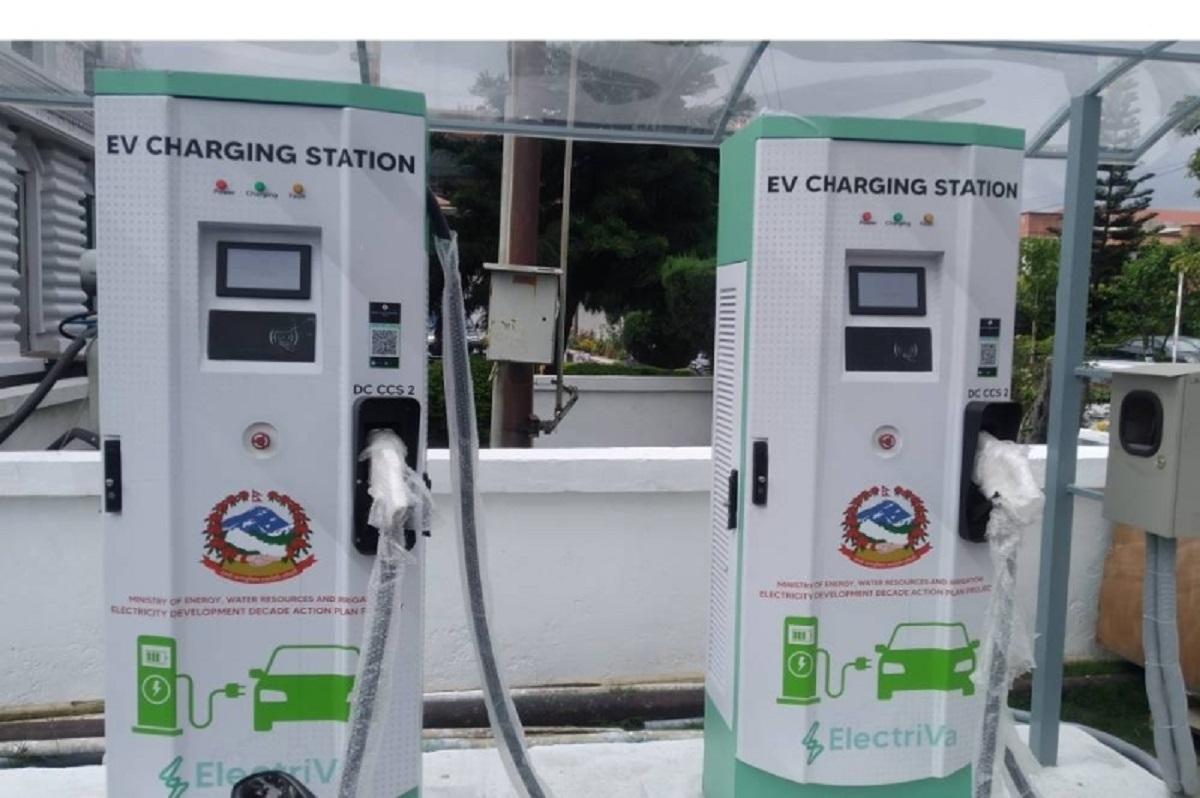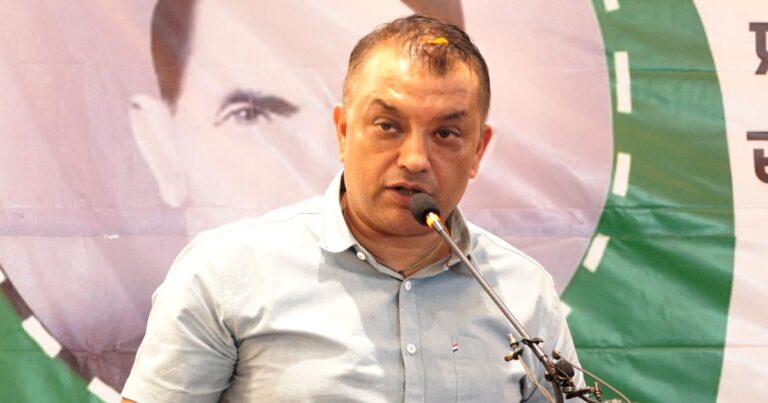
The government has unveiled a master plan to set up 424 electric vehicle (EV) charging stations along 80 national highways, aiming to support the growing adoption of EVs in Nepal.
Currently, there are around 450 charging stations in the country, mostly concentrated in urban areas. The master plan, prepared by the Water and Energy Commission Secretariat, proposes to establish charging points every 25 to 100 kilometers.
Under a public–private partnership (PPP) model, the plan will be implemented across approximately 14,913 kilometers of highways, based on factors such as traffic density, land availability, flood risk, road conditions, and access to the power grid.
The strategy recommends four types of charging stations, ranging from Level 1 to high-capacity chargers of up to 1 megawatt for heavy vehicles.
Nepal has set a target of converting 90% of private cars and 60% of four-wheelers to electric by 2030. Alongside its goal of generating 28,500 MW of electricity by 2035, the country aims to boost domestic electricity consumption through widespread EV adoption.
The master plan also emphasizes the need for continuous review and adaptation to emerging technologies, market dynamics, and policy requirements to ensure Nepal’s EV ecosystem remains flexible, resilient, and aligned with the nation’s sustainable development goals.




